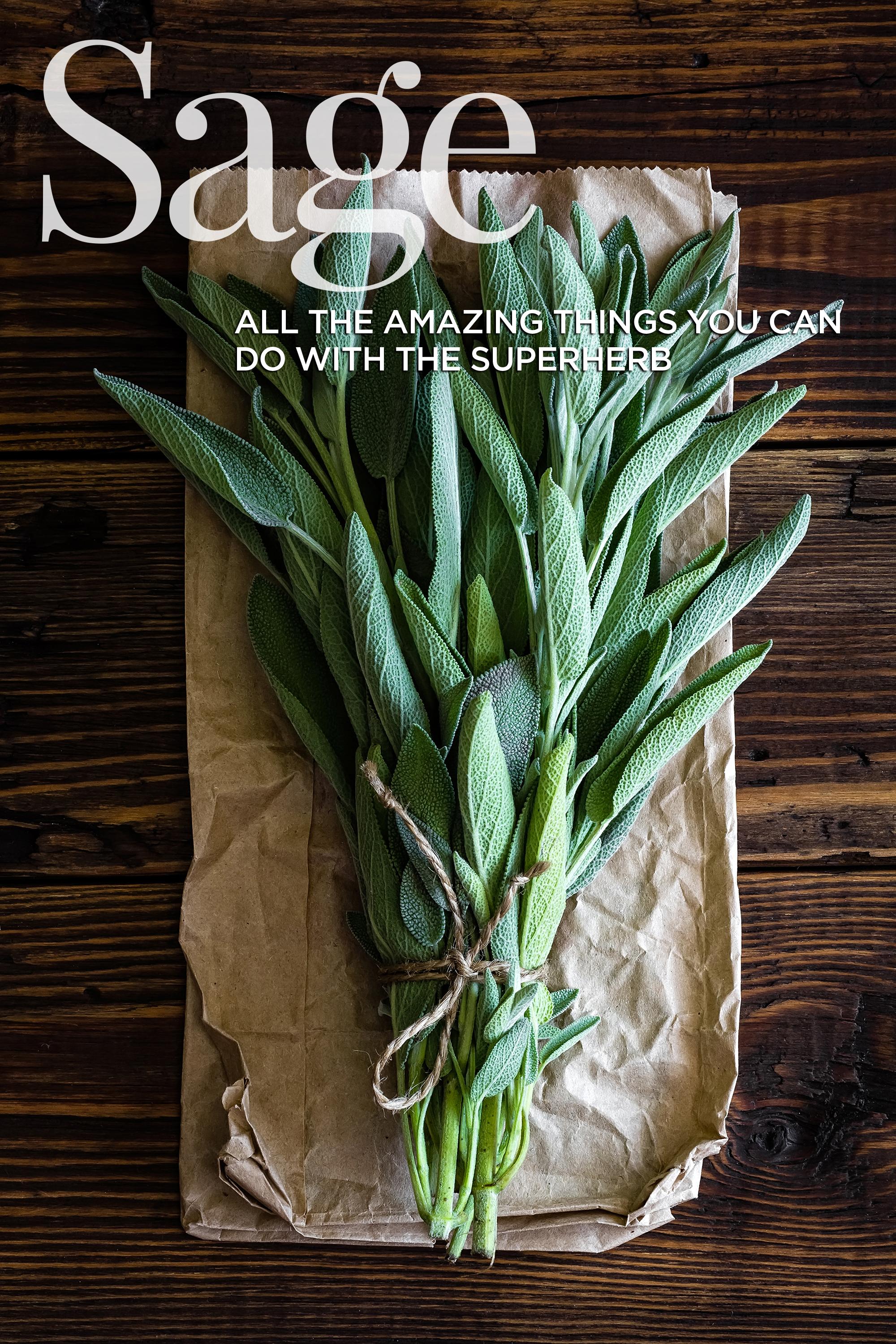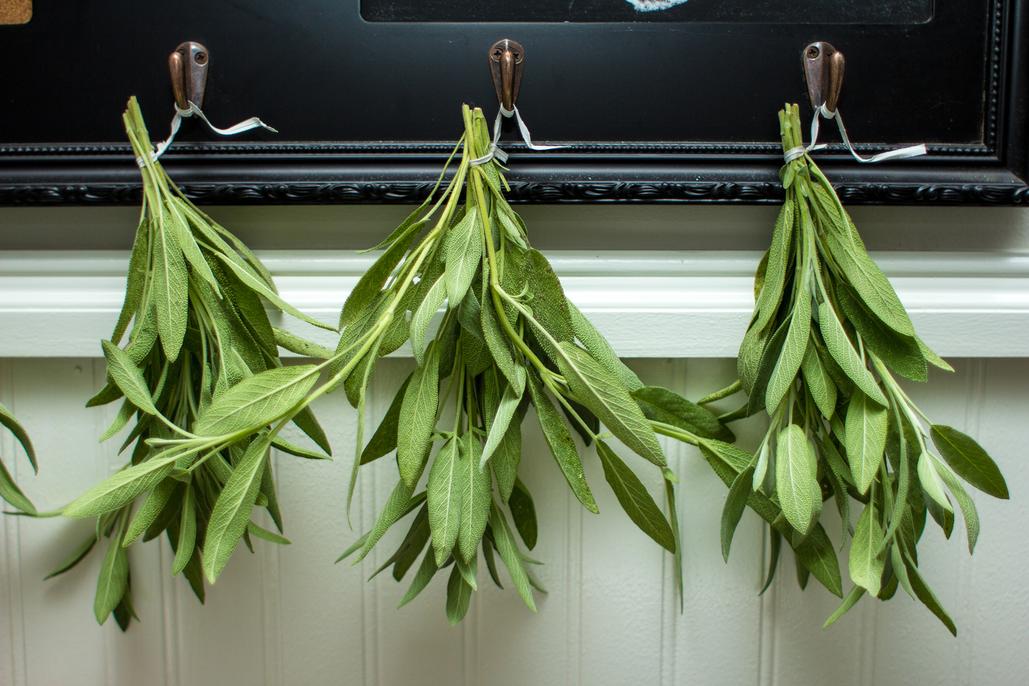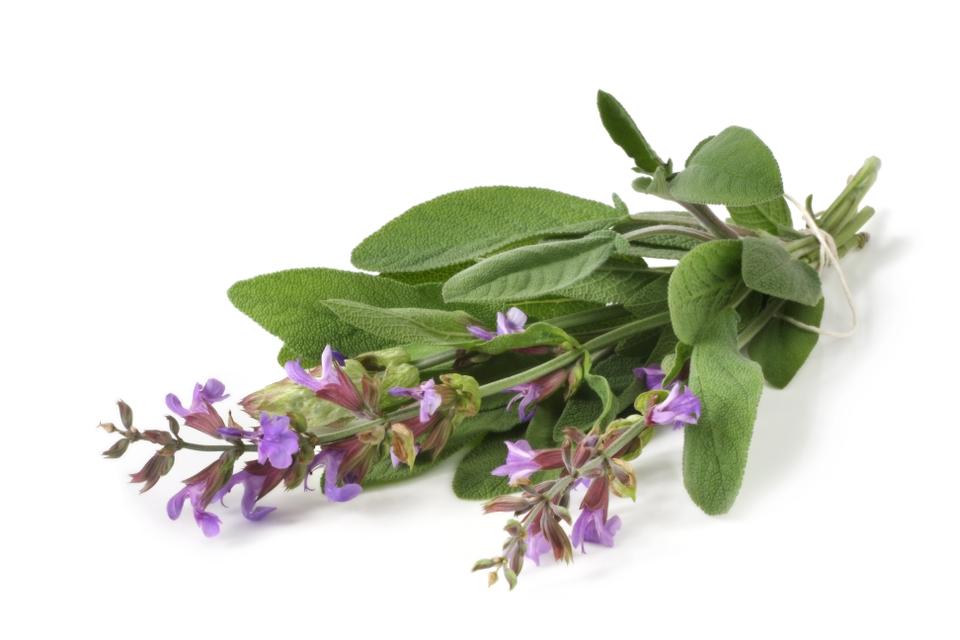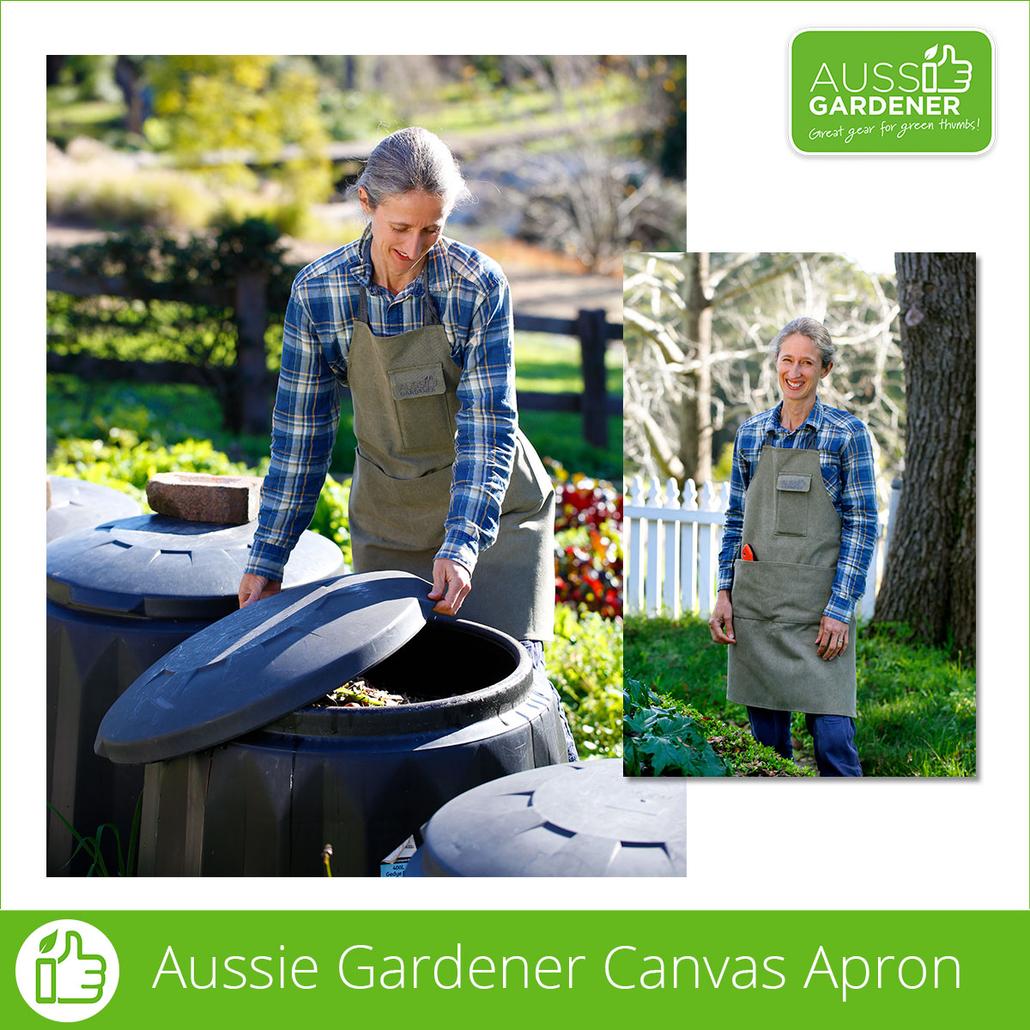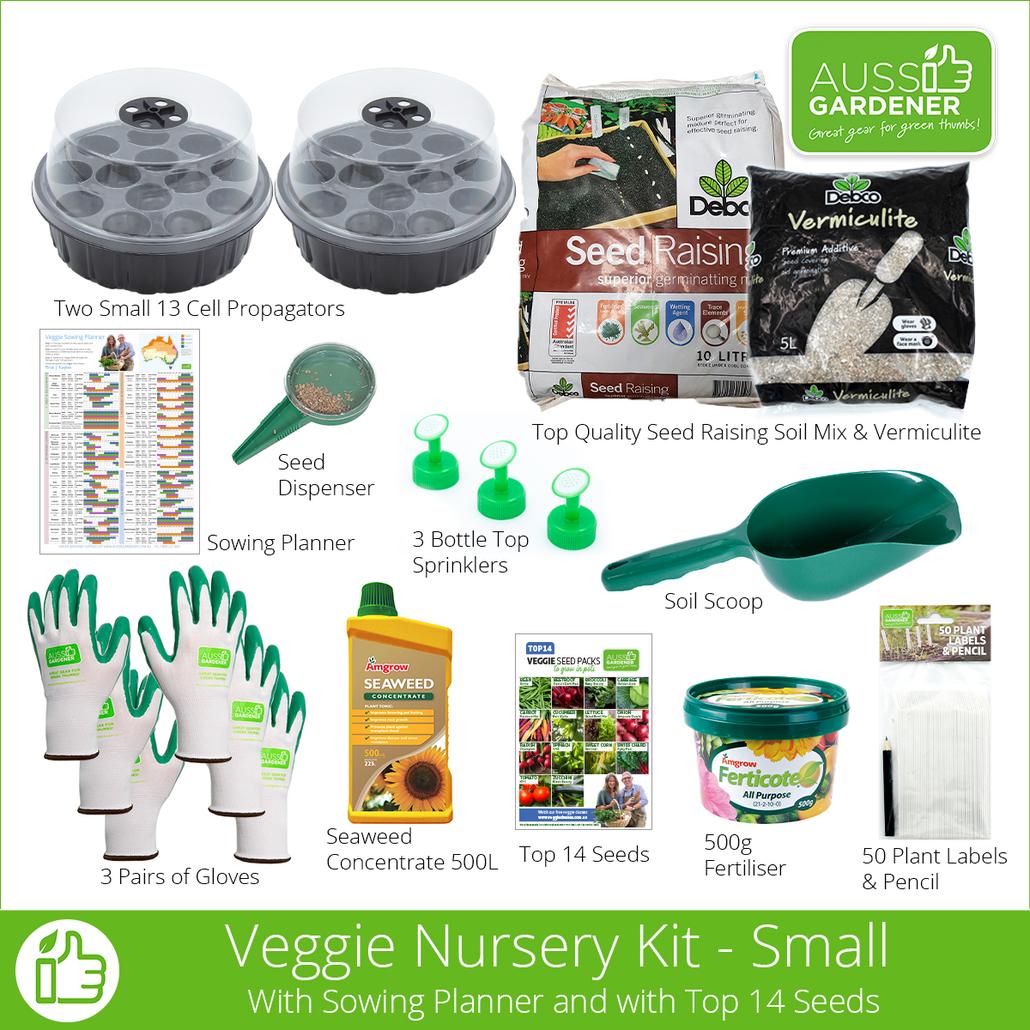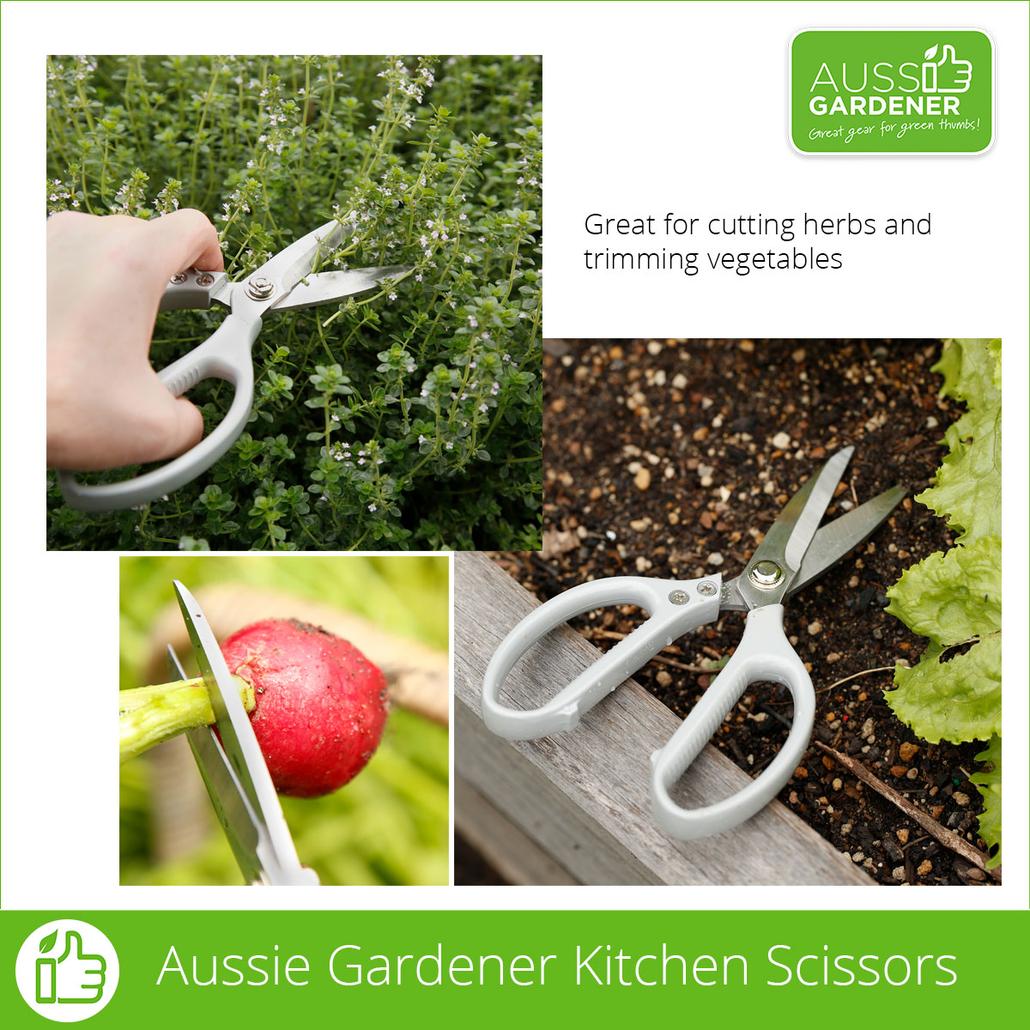Hey everyone,
It’s Brian, Kaylene, Ashley, and Jimmy here at the Aussie Gardener warehouse and we've got some fantastic news!
Behind us is a mountain of orders we’ve been working on all weekend to get out the door. These are all your pre-orders, and we’re so excited to share that the new stock has finally arrived!
The Stock is Here and Orders Are Going Out!
We know a few people were starting to wonder if the stock would ever come in or if we’d done a runner with the money! 😅
But we promise you, the stock is real, and we’re busy packing and sending those orders as fast as we can. You’ll be seeing your parcels very soon.
Also, now that the shipment has landed, we’ve restocked some of your favourite gardening essentials. But fair warning, we couldn’t order a massive amount this time around, so if there’s something you’ve had your eye on, get in quick before it sells out again!
We’ve also put together a brand-new Aussie Gardener catalogue, which will be going out with orders to all our new customers. It’s a great way to see our full product range and get inspired for your next garden project.
If you don’t get a copy in the mail, you can always browse everything on our website.
A Heartfelt Thank You ❤️
We can’t thank you enough for the incredible support we’ve received. When we reached out for help to pay our suppliers and keep things moving, you came through for us in such a big way.
A few of our wonderful (and often older) customers even went above and beyond by sending in donations just because they wanted to help us keep Aussie Gardener going. That kind of kindness and community spirit truly means the world to us.
From all of us here at Aussie Gardener, and especially from the Chapman family, thank you for believing in us, supporting us, and helping keep the Aussie gardening spirit alive.
We’re beyond grateful for every one of you. Here’s to fresh soil, new growth, and a thriving garden season ahead! 🌸
Happy gardening!
The Aussie Gardener Team
Great Gear for Green Thumbs!
🚚266,000+ orders shipped
📦266,000+ orders shipped.

